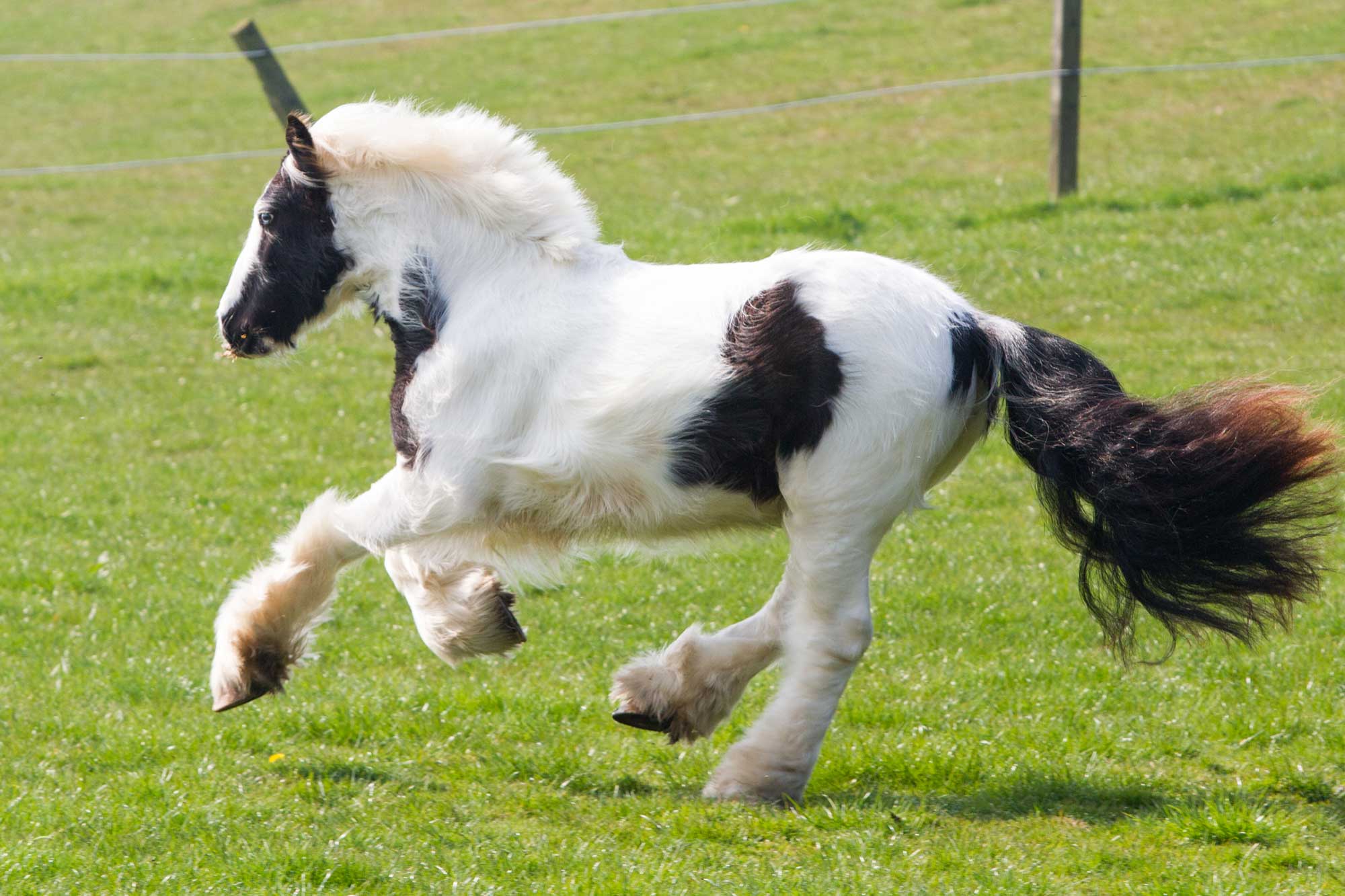There are various types of wounds that all horse owners should be aware of and for which they should have a first aid plan.
Horses can injure themselves in many ways. As horse owners, we need to be prepared, have the skills to identify different injuries and wounds, know when and how to administer basic first aid and know when to call the vet. Common wounds include lacerations, tears, abrasions, de-gloving injuries and penetrating wounds. Each can vary in severity and there are some areas where injuries are more high risk than others, such as near joints and around/in the eye.
Vet, Chris Tufnell joined us for one of our Welfare Wednesday Webinars to discuss how to deal with various types of wounds, and when you need to call the vet.
Your first aid kit should contain:
- Thermometer
- Alcohol wipes (to clean your hands)
- Examination gloves (to avoid contaminating the wound)
- Torch and/or headlamp (keep batteries separate to avoid corrosion)
- Saline solution
- Cotton wool
- Clean bowl
- Non-adherent dressings of various sizes
- Conforming bandages
- Gauze
- Adhesive bandages e.g., VetWrapTM
- Poultice e.g., AnimalintexTM
- Gamgee
- Blunt-ended scissors
- Tweezers
- Hoof pick
- Wound ointment (only as recommended by your vet)
It is important to replace the contents of your first aid kit quickly if they are used, just in case your horse has another accident. It is also important to regularly check the expiry dates of the items in your kit and replace them if necessary. We recommend having a first aid kit on the yard as well as in any vehicles used to transport horses, so remember to check the contents of both to keep them up to date.
Teach your horse to comply with first aid basics before you need them. Using positive reinforcement, teach your horse to accept the hosepipe, having their feet held up and fiddled with, having their eyes, ears and mouth handled and temperature taken. Keep a well-stocked first aid kit at your yard and in your lorry. Include a small bottle of saline solution so you have some that is good to use straight away, even if you have frozen pipes etc. Keep your horse’s tetanus vaccination up to date, even if they are a non-ridden, retired horse in the field. This protects them but also offers the opportunity for you and your vet to proactively discuss their care. Finally, have a worst-case scenario plan before you have a worst-case scenario.
First aid top tips from Claire Dickie, Centre Manager at Glenda Spooner Farm
Popular advice in Health

Mites: how to treat them in horses
Find out how our experienced teams tackle this itchy problem in affected horses and ponies.

Sweet itch
Sweet itch is one of the most common allergic skin diseases affecting horses in the UK - learn how to prevent and manage it.
Other advice categories
All webinar categories:
Call our Advice Line
+44 (0)1953 497 238Not found the advice or answer you were looking for here? Then our Advice Line is available during office hours, or you can email us on education@worldhorsewelfare.org to let us know what topics you were looking for.


